Moving Toward Better Mobility

Whether you’re an all-star, money-making athlete or a day-to-day desk worker, mobility holds a significant level of importance in every person’s life. The stiffness you feel when you’re unable to touch your toes or squat all the way down begins not just with your flexibility, but also your mobility. As we age, having a freer range of motion becomes even more important, because our level of independence will eventually depend on it — so why not begin now?
Why is mobility so important?
How often are you slumped over a keyboard, working? Or, how often do you spend sitting and scrolling on your phone? According to an article from Penn State University’s Kinesiology Department, eight out of ten people suffer from lower back pain, which is typically caused by immobility and inflexibility. While lower back pain is extremely common, there are many more aches and pains that come from immobility. Including mobility drills into your daily workout routine can not only ease some stiffness and pain but also reduce the risk of a future injury.
What are mobility drills/exercises?
As many people include a stretching session before or after a workout, the same number is likely not mirrored for the number of people who include mobility drills/exercises into their exercise routines. According to an article by Atlas Fitness, “Mobility drills are exercises that take the muscles, tendons and the joint through their entire range of motion.” The benefits? Body alignment, healthy joints, better posture, balanced muscles, increased circulation and more.
Can’t I just use a foam roller to increase my mobility?
Even though many of us have come to include the amazing (and occasionally painful) experience of using a foam roller or lacrosse ball to loosen specific muscles before a workout, foam rolling can be more effective and impactful when paired with other exercises that will increase range of motion. While foam rolling is known to break up fascial adhesions and release tight muscles near joints, mobility exercises are specifically tailored to take those body parts through full, controlled ranges of motion.
If you have never included a range of motion exercise into your routine, don’t worry! We’ve rounded up a few, simple exercises that are easy, able to be done at home and are perfect for mobility beginners.
Mobility Drill: Elbows
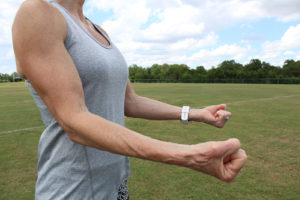
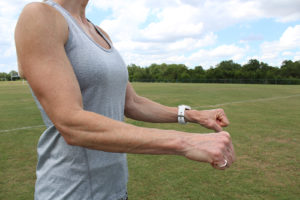
Elbow supination and pronation: Standing with your feet shoulder-width apart, bend your arms to a 90-degree angle and form a fist with your palms facing the sky. For this exercise, simply rotate your fists downwards and then back upwards. Repeat this for 2 sets of 10.
Mobility Drill: Shoulders
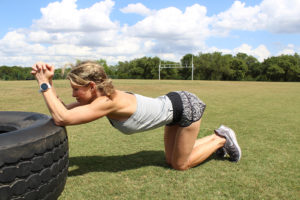
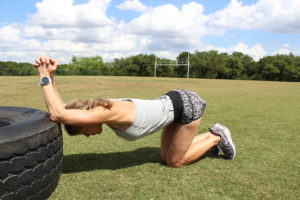
Kneeling thoracic extension: Kneel next to a bench, and place your elbows on the edge of the bench with your hands laced together up off the bench. Scoot backward until your body, still on your knees, is parallel to the floor. Keeping your elbows on the bench, lean forward and allow your hands to move backward over your head while your head drops slightly below your elbows. Come back up and repeat 3 sets of 10.
Mobility Drill: Hips
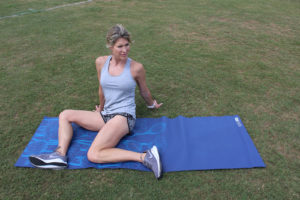
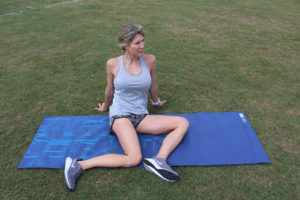
Internal and external rotation: Sit on the floor with both of your legs resting at 90 degrees, both knees facing the same direction, one leg behind the other. Leaning back on your hands, rotate your knees from the left side to the right side, continuing to rest your weight on your hands behind you. Complete 2 sets of 15.
Mobility Drill: Knees
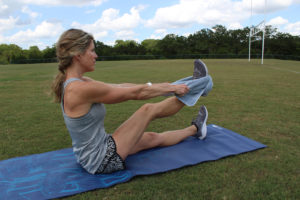
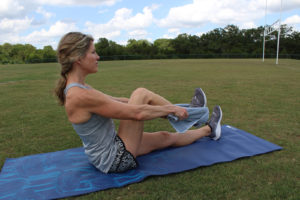
Towel flexion and extension: Using a towel, grip both ends and loop the middle of the towel beneath your foot. Pulling the towel towards you, allow your foot to move with the motion while slowly bending your leg. Hold it for 10 seconds and extend back to your original position. Repeat this exercise 10 times.
Mobility Drill: Ankles
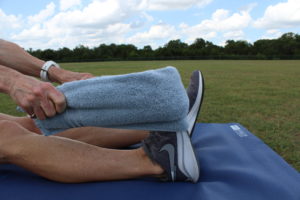
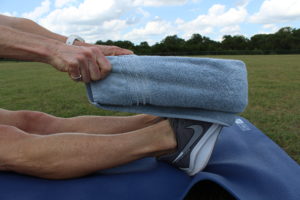
Ankle flexion: Sit down with your legs extended and then bend one leg. Using a towel or resistance band, loop the towel or band around your straightened leg’s foot and pull back, allowing the towel to flex your foot. Now, simply point your toe and then release. Repeat this exercise for 3 sets of 10.






